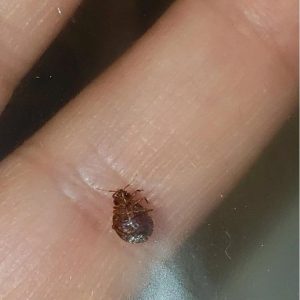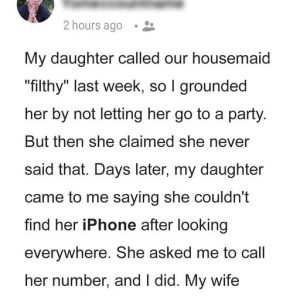If you have a backyard and take care of plants, you need to know about things that might go wrong. Keep reading to learn about what you should know if you find this ‘jelly-like nut’ in your garden.
A person on Reddit in Oklahoma woke up one morning and saw something strange. They found a bunch of ‘yellow jelly’ in the trees and saw something they called a ‘jelly alien nut,’ which left them puzzled.
They asked for help on Reddit to figure out the mystery with the community’s support. They mentioned in the post that the tree was a kind of evergreen, but they weren’t sure of its exact name.
Right away, someone on Reddit identified it as ‘cedar-apple rust,’ a common name for a certain disease. This sickness needs two different hosts to grow fully. It usually harms apple and crabapple trees the most.

This disease shows different signs on various trees.
On a juniper tree, it looks like brown, lasting bumps grow on branches. As it grows, it makes orange jelly-like horns during rainy springs. Sometimes, the branch beyond the bump dies, but the juniper tree isn’t otherwise harmed.
On apple or crabapple trees, it looks like round yellow spots on the leaves right after they bloom. Later in summer, brownish clumps of threads or tube-shaped things show up under the spots on the leaves, branches, or fruits.

The disease lasts for a while. Bumps show up seven months after it starts. They become jelly-like masses after about 18 months. Then, they get little holes like golf balls and grow telial horns in the next spring. When it rains in spring, the brown horns get longer and turn orange. After they let out their spores, the horns shrink, dry up, and drop off. Even though the bumps die, they stay on the tree for at least another year. The infection is easiest to see in spring when the bumps are covered in jelly-like masses.
There are different ways to deal with the infection. You can cut off the infected parts. Or you can just leave it because it doesn’t kill trees, but it makes plants look strange, especially if the branches are affected. There are also ways to prevent it, like using special sprays or planting apple types that resist the disease.
Overall, this doesn’t harm trees too much! But it’s good to know about it, so you’re ready if it shows up in your backyard! Tell others about it so they can understand this infection too!





